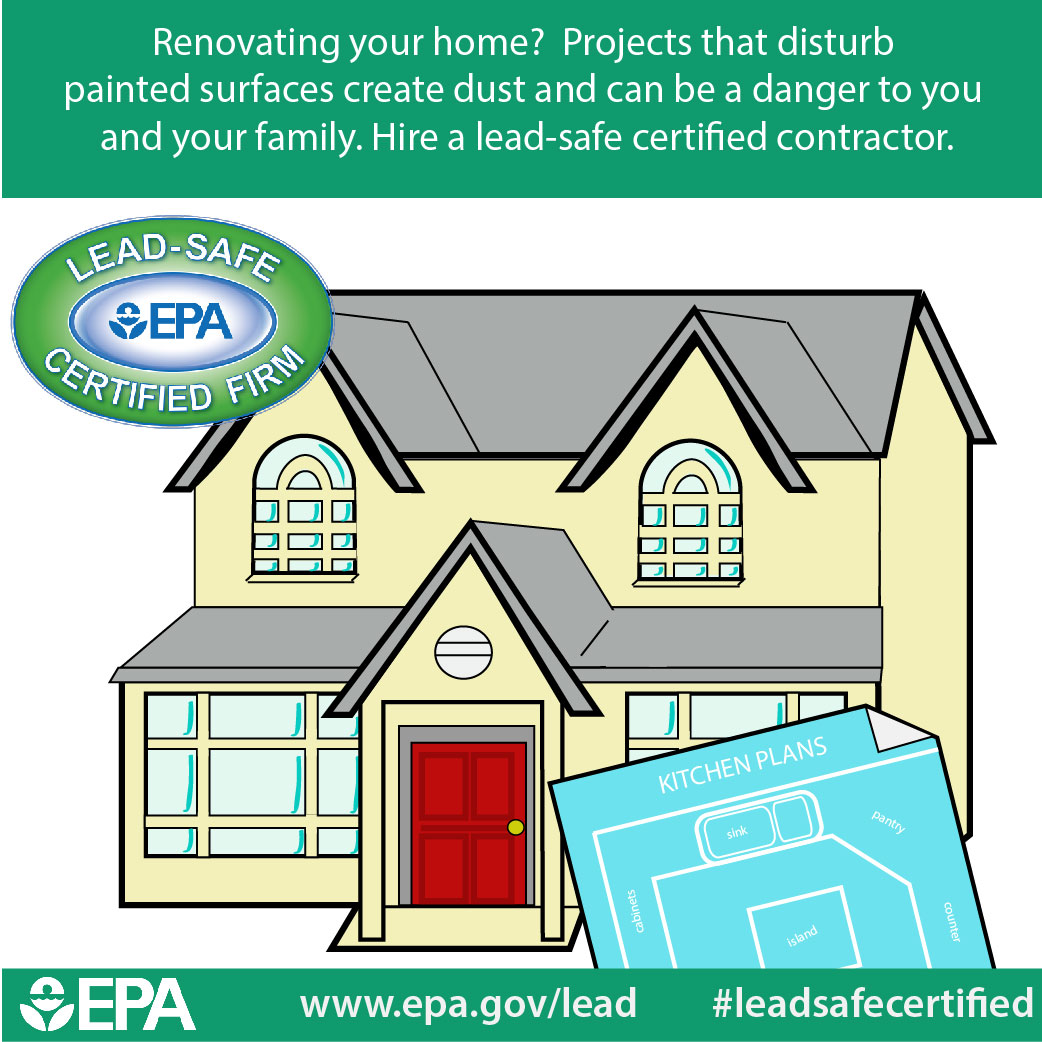Systematic Overview To Setting Up Your Walls For Painting
Systematic Overview To Setting Up Your Walls For Painting
Blog Article
Material By-Daugherty Gustavsen
When you're prepping your wall surfaces for paint, it's essential to comply with a methodical procedure to ensure a remarkable finish. Begin by analyzing the wall surface for any kind of damages; this action can make or break your project. Once visit this website link 've identified any kind of problems, cleaning up the surface effectively is important, as a filthy wall surface can impact paint bond. Afterwards, you'll need to patch any blemishes and use a primer. Yet there specify techniques and pointers that can boost your prep work game-- allow's check out those additional to accomplish the most effective results.
Assessing Wall Condition
Prior to you grab your paintbrush, take a moment to examine your wall surfaces' problem. Check for any visible damages like cracks, openings, or peeling off paint. These flaws can affect just how the paint adheres and looks as soon as it's dry. If you notice any type of considerable damages, you'll need to focus on repairs before diving into painting.
Look closely at the texture of your wall surfaces. Is the surface smooth, or is there structure that might call for unique factor to consider? Smooth wall surfaces generally need much less preparation, while distinctive surfaces may require more time to repaint evenly.
Additionally, take into consideration the previous paint job. If the old paint is shiny, it mightn't permit brand-new paint to stick correctly. You'll need to know if your wall surfaces have actually been repainted with oil-based or water-based paint, as this can affect your option of guide or paint.
Ultimately, bear in mind of any dampness issues. If you see signs of water damage or mold, address these issues quickly to prevent additional complications.
Cleaning up the Surface
As soon as you've examined the problem of your walls, the following step is cleansing the surface. Begin by collecting your materials: a container, warm water, a moderate detergent, a sponge or towel, and a scrub brush for tougher places.
Begin on top corner of the wall surface and function your means down. Mix the cleaning agent with cozy water in your pail, then dip the sponge or fabric right into the remedy. Wring it out to stay clear of excessive dampness on the wall surfaces.
As you clean, pay very close attention to locations that may've collected dust, grease, or fingerprints. For persistent spots, use the scrub brush delicately to stay clear of harming the paint beneath. Wash your sponge or fabric often in tidy water to prevent spreading out dust around.
After cleansing, it's essential to wipe the walls with a moist cloth to remove any kind of soap residue. This step ensures a smooth surface area for the brand-new paint to adhere to.
Allow the walls to dry entirely before carrying on to the following preparation actions. This complete cleaning procedure will certainly aid develop a fresh canvas for your painting job, guaranteeing the most effective results.
Patching and Priming
Patching and priming are crucial action in preparing your wall surfaces for a fresh coat of paint. Initially, examine your wall surfaces for any kind of openings, fractures, or flaws. Make use of a high-quality spackling compound or patching paste to load these locations.
Use the substance with a putty blade, smoothing it out so it's flush with the bordering surface. Permit https://www.realtor.com/advice/home-improvement/things-homeowners-should-know-before-painting-walls/ to dry completely, and after that sand it gently up until it's smooth and also.
As soon as you have actually covered every little thing, it's time to prime. Primer helps secure the patched areas, making sure the paint adheres correctly and supplies a consistent finish. Choose a primer suitable for your wall surface type and the paint you'll be making use of.
Apply the primer using a roller for bigger locations and a brush for edges and edges. If your covered locations are significantly big or porous, you might want to apply a 2nd coat of primer after the initial one dries out.
After priming, allowed whatever completely dry completely prior to carrying on to paint. This prep work will not only improve the look of your walls but additionally prolong the life of your paint work.
Take your time, and you'll be pleased with the results.
Conclusion
By complying with these straightforward steps, you can achieve a smooth and expert finish on your walls. Beginning by evaluating their condition, after that clean and spot any imperfections prior to using guide. Keep in mind to permit appropriate drying time and ensure every little thing is smooth before you dive into painting. With the right preparation, you'll set the stage for a gorgeous improvement in your space. Now, collect your products, breathe in the fresh air, and prepare to paint!
